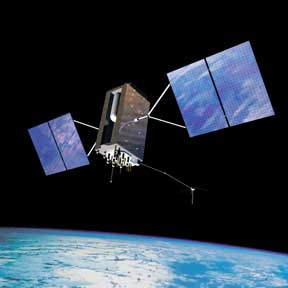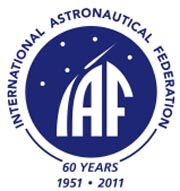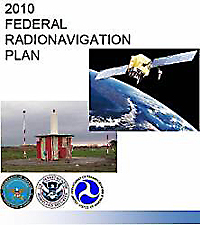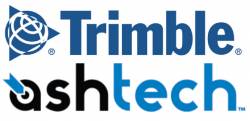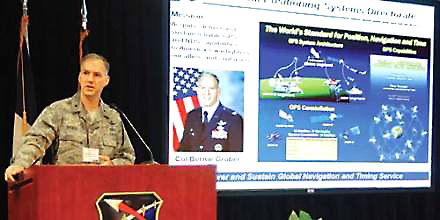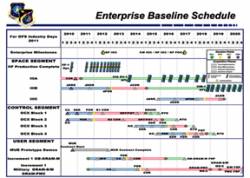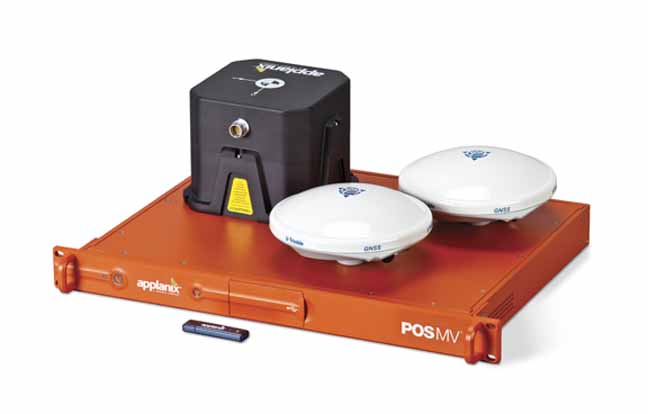Septentrio Announces AsteRx-m ‘Ultra-Compact’ GPS/GLONASS RTK Receiver
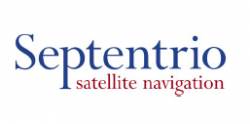
Septentrio has announced plans to release the AsteRx-m, a low-power GPS/GLONASS dual-frequency RTK receiver that is smaller than a credit card.
The new board, which will begin shipping in the third quarter of 2011, is aimed specifically at integration in handheld devices, mobile computing platforms, and other solutions requiring high accuracy combined with low power in applications where space is at a premium. The new receiver covers the functionality range from GPS-L1 only to full GPS-GLONASS L1-L2
By Inside GNSS



